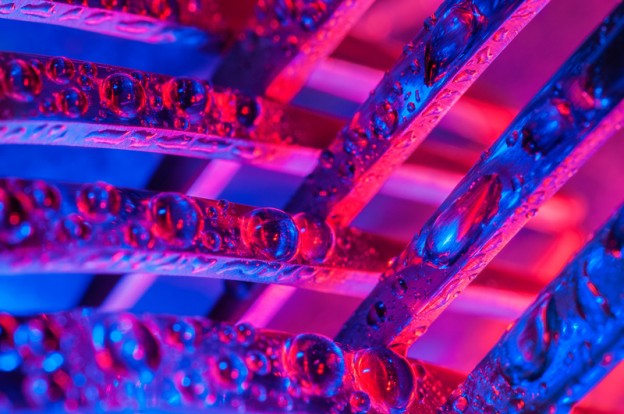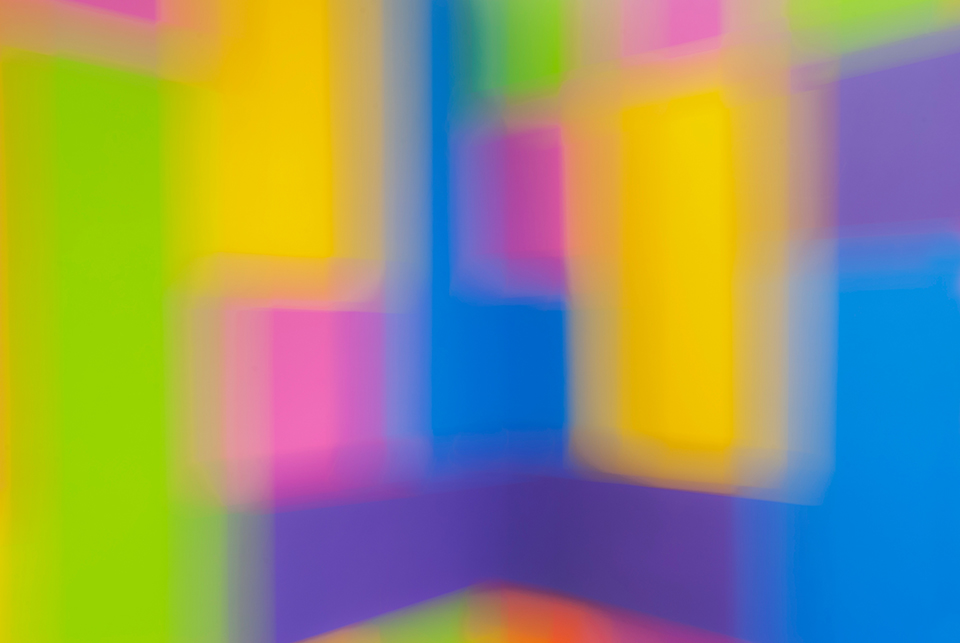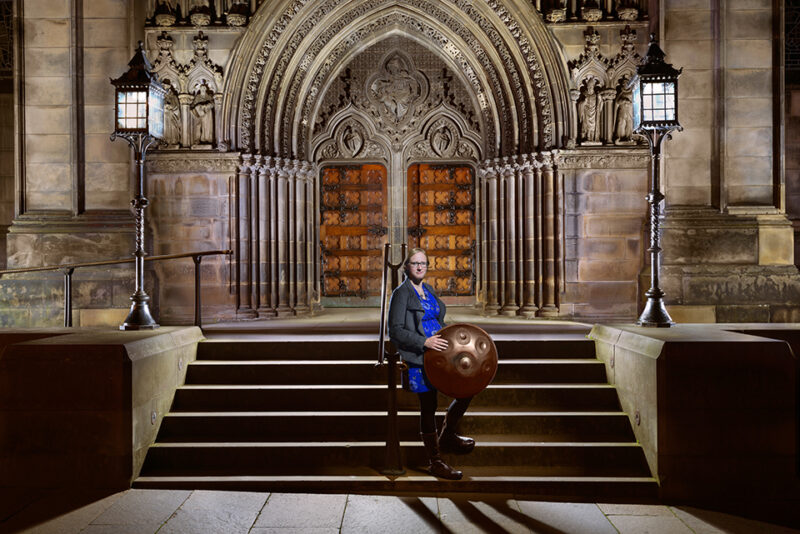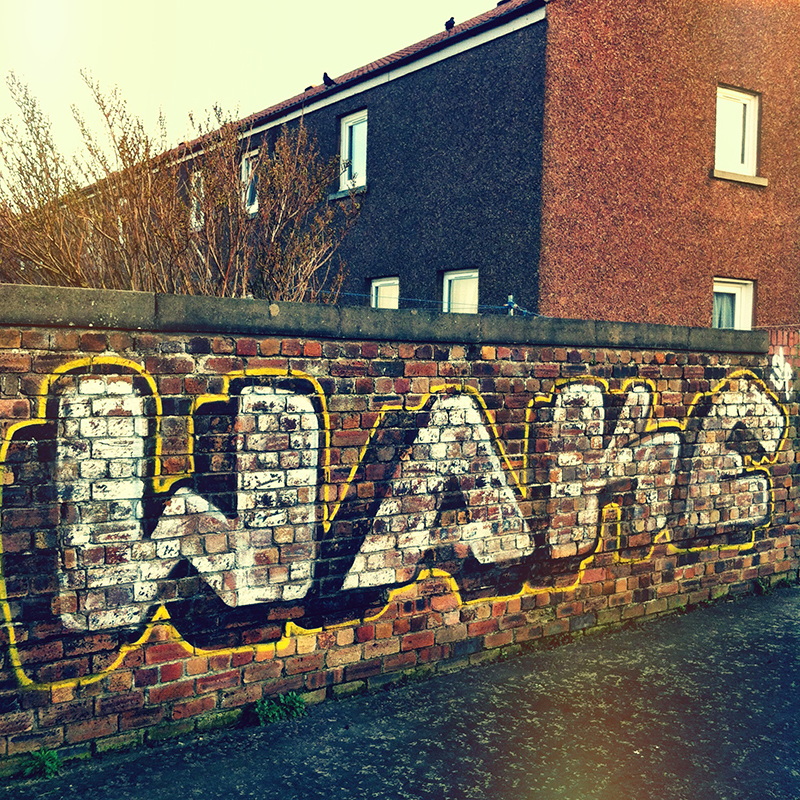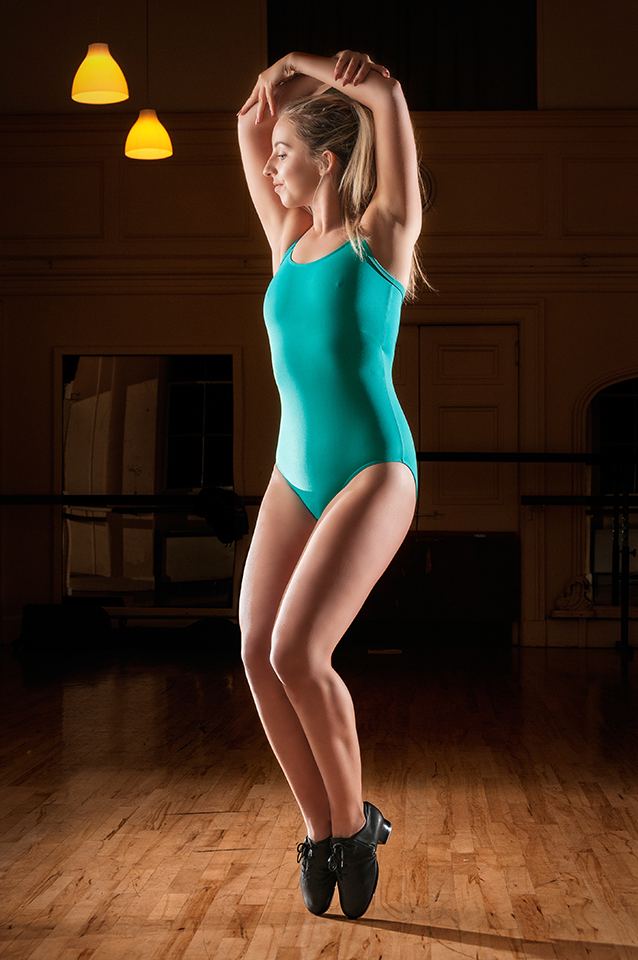“Nobody ever figures out what life is all about, and it doesn’t matter. Explore the world. Nearly everything is really interesting if you go into it deeply enough.” — Richard Feynman
Would you spend any time watching water freeze? Probably not. It’s not that interesting, you might think.
But if you look at the phenomenon deeply enough, the freezing of water has something to do with the quest by theoretical physicists to unify all the forces in Nature.
When water is liquid, its density is uniform throughout. No matter where you are in the liquid, the density is the same. This symmetry is referred to as ‘translation invariance’ by physicists. As the water cools and turns to solid ice, the water molecules form a regular array and no longer move at will. In a crystal such as ice, every molecule vibrates around a fixed equilibrium position. The density of matter is therefore high near the equilibrium positions of the water molecules and low in between. It is no longer uniform, and the complete translation invariance of liquid water is broken. In simple terms, ice (really cold water) is less symmetrical than room temperature water.
We live in a cold universe, and by analogy with the freezing of water, the universe today is likely less symmetrical than it used to be billions of years ago, when our universe was much hotter. Today we have four kinds of forces. The gravitational, electromagnetic, weak and strong forces. What if these forces used to be one and only one force when the universe was hot and that symmetry was broken into the four kinds of forces we observe today as the universe cooled down? This is a question at the forefront of current scientific research.
Now that I am a photographer, I still abide by Feynman’s quote. I strive to look at mundane objects and see if I can find a way to make them look interesting. How about a couple of forks and an aluminium container?
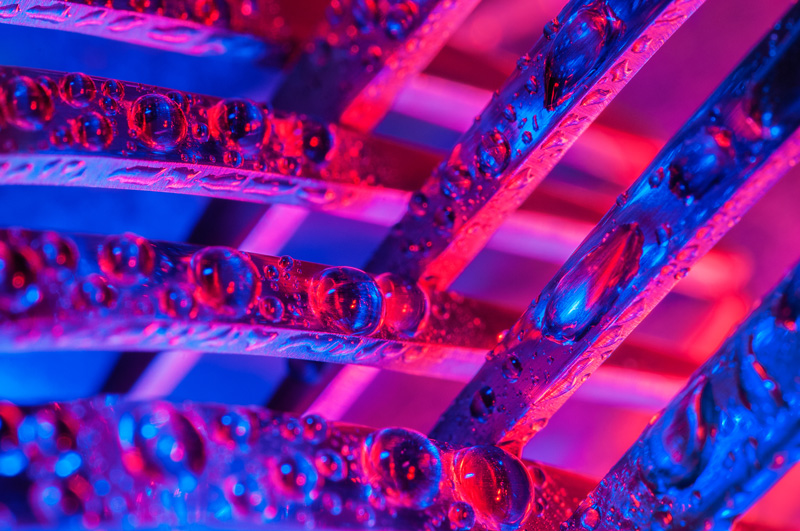
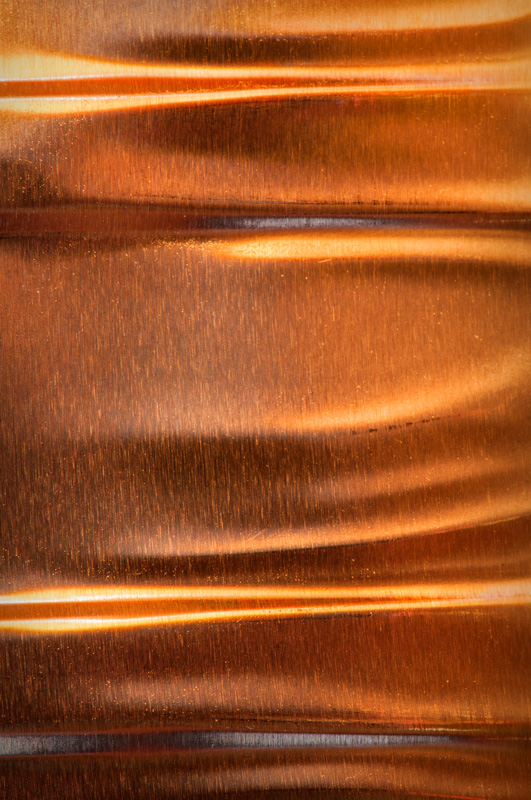
This is not simply an academic exercise. I believe that if I can find ways to make really simple objects like forks and aluminium containers look mildly interesting, I should definitely be able to serve my clients better by making them and their businesses look really interesting.
Share this content on